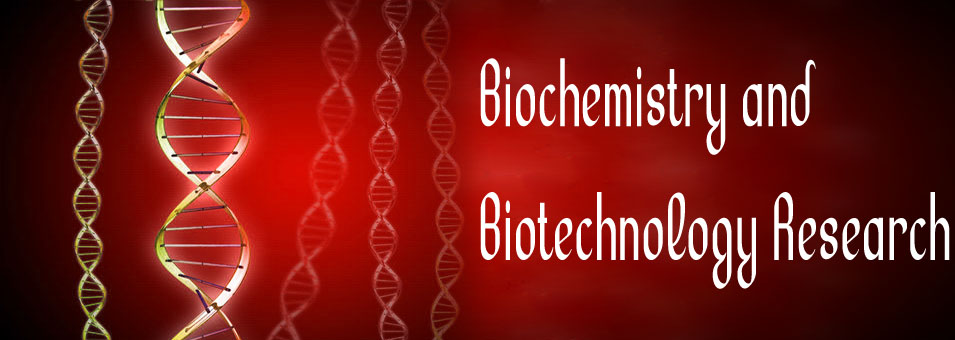Physico-chemical exploration of pesticide (imidacloprid) -induced osteoporosis in female rats and the protective effect of Urtica urens L. leaves
Massara Mzid, Hafed El Feki, Hassane Oudadesse, Bertrand Lefeuvre and Tarek RebaiBiotechnology and Biochemistry Research
Published: January 28 2020
Volume 8, Issue 1
Pages 1-20
Abstract
The toxic effect of imidacloprid (IMI)-induced osteoporosis and the protective effect of Urtica urens L. (UU), dwarf nettle was investigated against this toxicity in female rats. Rats were divided into control group, 2 groups treated with IMI at 50 and 300 mg/kg/day, 1 group treated with 100 mg/kg/day of UU and 2 groups co-treated with IMI (50 and 300 mg/kg/day) +100 mg/kg/day of UU. The effects of IMI and UU on the bone were analyzed using five physicochemical techniques: Fourier transform infrared (FTIR) spectroscopy, X-ray diffraction (XRD), Scanning electron microscopy (SEM), dispersive X-ray spectroscopic (EDX) and biochemical analyses (Calcium and Phosphorus). Results show that IMI caused osteoporosis in female rats by a decrease in Calcium (Ca) and Phosphorus (P) levels. XRD showed that there is a moving of peaks in IMI-treated rats when compared to controls and FTIR showed also a moving of bands with IMI. SEM analysis revealed a phenomenon of textural alteration in IMI-treated groups and EDX showed a Ca/P ratio less than 1.67. UU injection ameliorated all parameters cited above. The data obtained from XRD revealed a return of peaks to their initial position for the groups treated with IMI + UU and the data obtained from FTIR showed a displacement of -CH2, PO43- and CO32- bands at their initial positions. In addition, the results of SEM show that the groups treated with (IMI + UU) have normal bones compared to those treated with IMI. The Ca/P ratio increases to reach 1.8. In conclusion, this study showed that the toxicity of induced osteoporosis and the injection of UU have alleviated this disturbance in female rats.
Keywords: Osteoporosis, imidacloprid, bone, Urtica urens L., XRD, FTIR, SEM.
Full Text PDF
